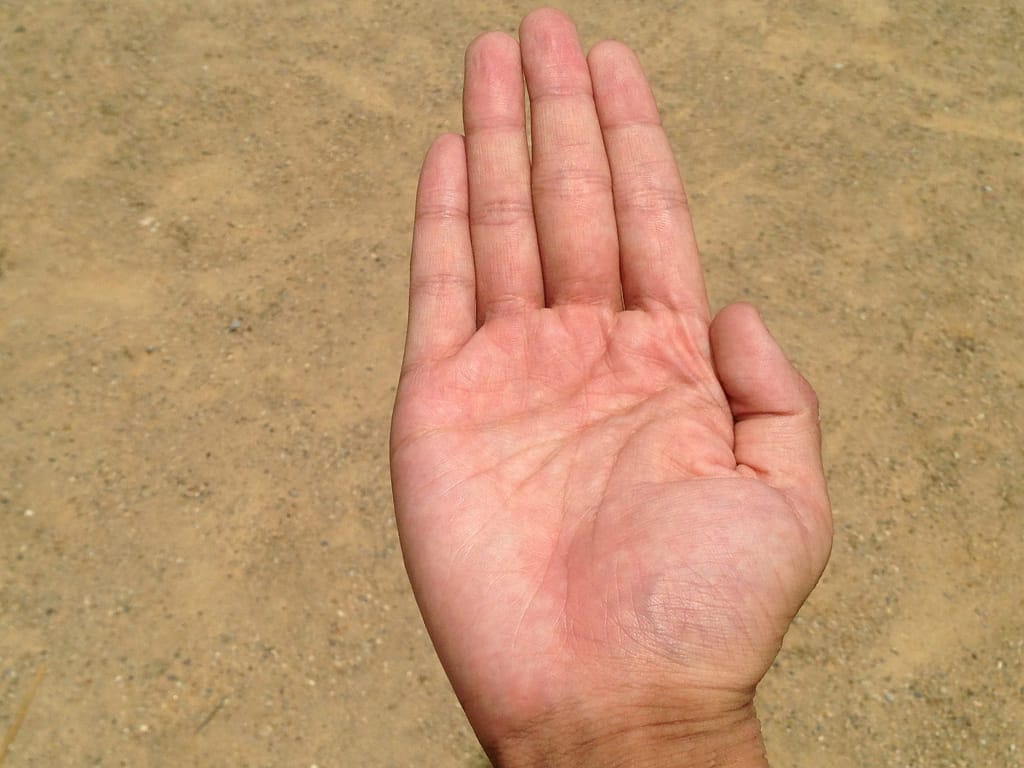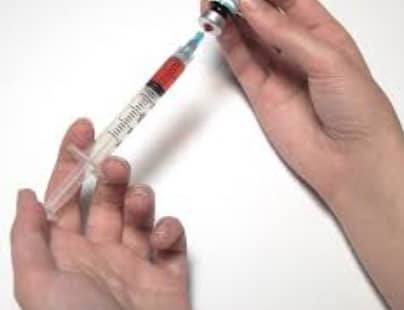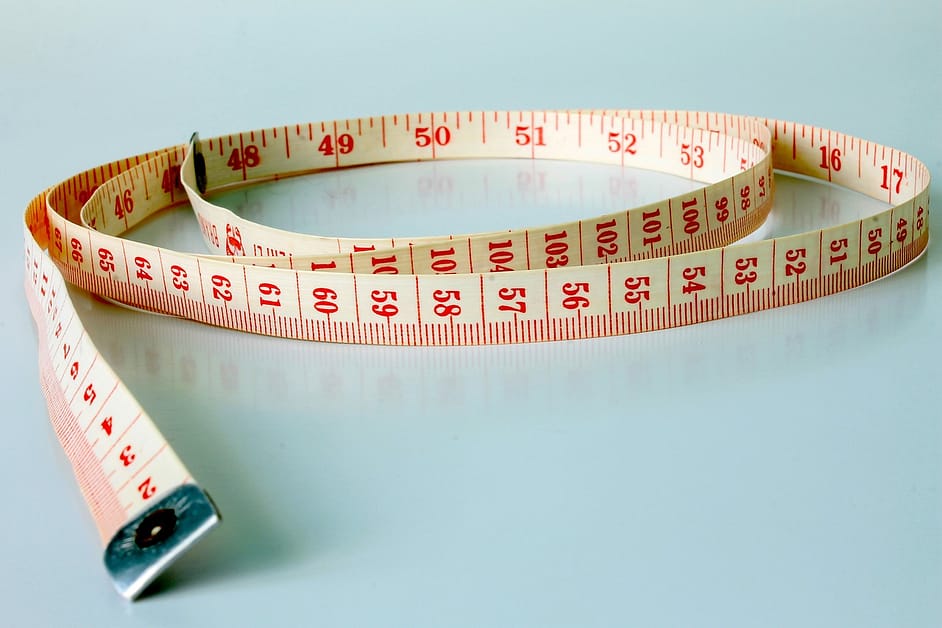Well, the summer’s officially over. But that doesn’t really mean anything to me. You’re probably in the same boat if you live in this great country’s southern states. For us down here, it’s going to be summer for at least another month. At least, it’ll feel that way. And with summer comes sweat. If you’re like me, it comes with a LOT of sweat. And not just when I’m working out, either. I can sit still in a room and if it’s too hot I start to bead up. This can lead to an odd looking skin spot.
What does all that sweat mean in the long run? Well, it means that your body is a breeding ground for all sorts of nasty things. From yeast, to fungus, to acne. So today I’m going to cover some of the more common skin ailments that come from summer heat. I’ll also go over my favorite products to combat all of these.
Sunspots
This is probably the most common thing you’ll see from this list. And while it may not come from sweat, it does come from sun exposure. And what does the summer hold? That’s right. Sun exposure. And a lot of it.
Sunspots are flat areas of skin that are discolored varying shades of tan or brown. They tend to appear on parts of you that get the most sun on them. You’ll see them mostly on your shoulders, back, face, and the backs of your hands. They most often appear on you around age fourty. But they can also appear earlier or later depending on the amount of sun exposure you’ve had in your life.
The easiest treatment for this will be aloe vera. Aloe contains active compounds aloin and aloesin. Both of these have been found to lighten hyperpigmentation, including the dreaded sunspot.
Tinea Versicolor
This one has plagued me since I started riding my bike most places, and is my most common skin spot. Tinea versicolor is a common fungal infection on the skin. The fungus interferes with your normal pigmentation and results in small, discolored patches. They tend to be lighter or darker in color than the surrounding skin, and are usually on your upper back and shoulders.
These, unlike sunspots, occur most frequently in teens and young adults. Sun exposure makes them more apparent, as your skin won’t tan naturally where effected. They itch mildly, are scaly.
You’ll be more likely to catch this if you have oily skin, live in a hot climate, and sweat a lot. It can also be a sign of a weakened immune system. Thankfully, it’s a naturally occuring yeast that grows on your skin so it’s not contagious.
Over the counter antifungal creams, lotions, oitments, or shampoos are your go too if you find yourself afflicted with this fungal growth. If you have a bad case that requires a doctor visit you may also be given pills as medication. The treatment will depend on the thickness and size of the infected area of your skin.
As for prevention, make sure to avoid using oily skin products. And reduce your exposure to the sun as much as possible. Sun exposure can trigger or worsen an episode for you, and a tan always makes it more visible. Using an anti-fungal shampoo like selsun blue is something you should consider if you’re often exposed to the sun through work.
Wear sunscreen every day. Broad spectrum, non-greasy sunscreen is the best. And make sure it’s at LEAST SPF thirty or greater. And like most things on this list, wear loose, breathable fabrics. Cotton is best, as it helps to decrease sweating by not restricting you too much.
Heat Rash
This is another wide spread issue you’ll find down south. Heat rash, also known as prickly heat, affects people during hot and humid weather. It developes when sweat ducts are blocked and perspiration is trapped under your skin. This skin spot will be more likely to affect you if you live in the southeast, as tropical climates make heat rash FAR more likely to happen.
The symptoms can range from superficial blisters to itchy red lumps. You’ll usually develop heat rash in skin folds where clothing causes friction. Places like between the thighs, the arm pits, and the elbow creases.
The most common and mild form of heat rash you’ll find affects the sweat ducts in the top layer of skin. It’s marked by clear, fluid filled blisters that pop easy when squeezed. The other type you’ll run into often is prickly heat. Your symptoms will include red bumps and itching or prickling in the area affected by your heat rash.
You can protector yourself from heat rash with a few steps, though. For one, in the summer make sure to wear lightweight clothes. If it’s made of cotton, that’s even better. Your shirt needs to be breathable to best avoid this skin spot. Also, do your best to stay in the shade, and avoid direct sunlight. Keep your sleeping area as cool and well-ventilated as you need to avoid sweating in your sleep. If you take steps to avoid or minimize heat rash, it’ll usually go away on it’s own.
But, heat rash can lead to a bacterial infection which cause inflamed and itchy pustules. If you feel increased pain, swelling, and redness around the area, you may need to see a doctor. This goes double if you develope a fever or get chills.
Ringworm
Ringworm is something I’ve had to contend with every since I started contact sports. It’s a common fungal skin infection that affects your body, scalp, feet, or groin. Thankfully, it’s not an actual worm or parasite of any kind. Just a mild skin fungus. It usually looks like a ring shaped rash that sometimes can have a red, circular center.
Ringworm irritates your skin because the fungi eats the dead tissue of your skin, hair, and nails. It’s generally found in your skin folds such as between your toes, around your grin, the crooks of your elbows, etc. You’re way more at risk if sweat excessively or have any skin injuries. It also spreads through contact. An infect person, animal, object, or even infected soil can spread it onto your body. Most wrestlers and grapplers have probably had this at least once. Football players get it often, too.
Most of the time you’ll be able to treat a ringworm skin spot with over the counter antifungal creams. You’ll also need to shower often and keep your skin clean and relatively dry around the area, since it grows well in moisture.
You can avoid this by not sharing any clothes, sports gear, towels, or sheets with someone who you aren’t sure is clean. Also, wear slippers in places like locker rooms and public pools and bathing areas. Make sure you shower immediately after any skin to skin contact sport, and keep your skin clean and dry. Wearing loose fitting cotton clothing helps, and change your socks and underwear at least once a day guys. Hopefully you were already doing that last thing.
The Dreaded Acne Skin Spot
Ah, the skin spot we’ve all had an issue with at one point or another. It truly comes out in force during the warm summer months. Acne develops when your pours are clogged by bacterial, sweat, and skin oil.
I don’t think I have to explain too much what acne is, so I’ll go straight into treatment. Make sure not to wipe sweat straight off your skin. This can irritate your body, which can lead to a breakout. Instead, gently pat your skin dry with a soft towel. In fact, avoid rough towels altogether.
Always wash your clothes before wearing them again. And don’t stay in sweaty clothes for too long. For acne, you’re mostly going to want to stick to common sense hygiene to avoid it developing.
There’s so many remedies for acne on the shelf of every walgreens and walmart that I won’t get too into detail. Everyone’s skin is different, so find the combination which works best for you.
Insect Bites
This skin spot certainly has the least in common with the rest, but is still a huge southern summer problem. So, I’ll cover it anyway. We all know that during the warmer months biting flies, mosquitoes, and other blood suckers are everywhere. Insect bites vary from bug to bug, but generally are swollen, red, and miserably itchy.
The best advice to avoid these bites is to stay inside. But, since that’s not really possible to do for an entire season, make sure to use repellent. Rellent that contains twenty to thirty percent DEET works best. Use it not only on your skin, but on thin clothes that mosquitoes can poke their beaks straight through.
And though we know the problems that long sleeves and sweat can cause in the summer, it’s better than getting a bloodborne disease. If you have to go out at night, or go near or through a swampy or wooded area, cover your skin as best as possible. Wear long shoes, tuck your pants into your socks, and cover your arms. You’ll be hot, but you can wash off sweat pretty easily. Bug bites tend to last a bit longer than that.
My Favorite Skin Spot Reducing Products
This section is going to be entirely from my personal experience. But I’m a very sweaty guy who’s lived in the south my whole life, and these things have always helped me.
Selsun Blue
I buy the active three in one selsun blue bodywash at least once a month during the summer. Like I said, I sweat a lot and bike a lot. My most common skin spot issue is the aformentioned tinea versicolor. I tried everything to get it off of me, but what eventually worked was this. Three times a week I take a warm shower and use the selsun blue bodywash and I’ve been spot free for as long as I’ve been using it.
Lotrimin Antifungal Ringworm Clotrimazole Cream
Quite a mouthful, huh? Well, it’s a pain to say but it really does work. I’ve gotten ringworm MANY times throughout my life, mostly through my exposure to other people’s skin. It comes with the territory of wrestling and grappling of any kind. This stuff really saved my skin, though. All you have to do is wash and dry the affected skin and then apply a thin layer of this stuff over it. Once in the morning and once at night. Within four weeks you’ll generally be as squeaky clean as you want to be and good to go. This has killed more of that damn ringworm skin spot off my body that I could tell you.
Lubriderm Daily Moisture Fragrance Free Lotion
Keeping your skin moist and non-greasy is important in the fight to keep it from rolling up and filling with puss. I’ve been using this lotion for near a decade now, and it’s vitamin b5 and other moisturizers have kept my skin healthy and ready to go for just as long. I even used this to help my tattoo heal and it worked great. Once again, simple and easy to use. Just smooth it on your hands and body once a day and you’ll be good to go.
Aloe Vera Gel by Earth’s Daughter
If you live down south you probably don’t need to to tell you what good Aloe Vera does. It’s gotta be one of the most widely accepted beneficial gels out there. But just for those who aren’t in the know, aloe vera is great for treating skin conditions, sunburn, cuts, and even digestive issues. Earth’s Daughter is the brand I generally use, and it hasn’t done wrong by me yet.
Other than these products, the best advice I can give you is to wear loose clothing, always apply sunscreen, and keep yourself clean. I’ve had to start changing almost every time I come inside from this brutal heat. It may lead to more laundry being done, but it’s better than skin infections and the cost of treatment. God forbid you end up at a doctor’s office because you didn’t want to change your underwear too much and now you’ve got a massive ringworm infection around your thighs! Also, always check your skin at least once a week. If you catch a skin spot or two early you tend to be able to deal with it more quickly than if you only notice it once it spreads all across your body.



